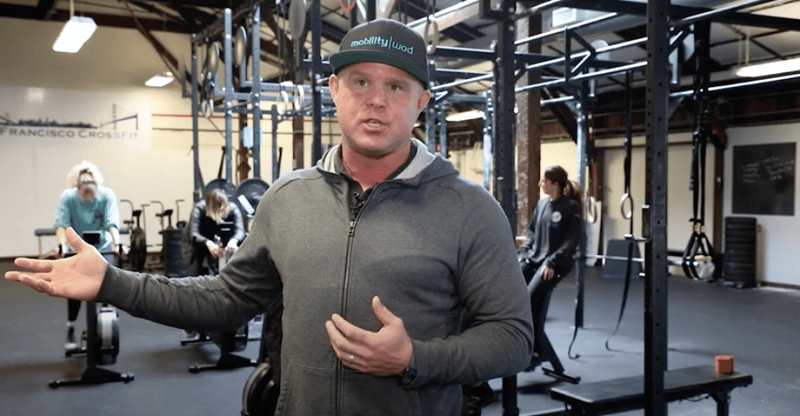
Currently, what’s happening with most of the assessments that we’re seeing is, someone comes in and gets an assessment, and then that assessment goes in a drawer. The first thing that we need to do is change that barrier to adherence and barrier to practice.
"I should be able to understand what I'm seeing in real-time and be able to collect that hard data and make sense of it."
I should be able to understand what I'm seeing in real-time and be able to collect that hard data and make sense of it. This means if I can spend a minute assessing an individual quickly, and test/retest, then I end up making sense of what I’m seeing in real-time so that my clients know their ranges of motion day-to-day, week-to-week.
With Sparta Science, I can understand how quickly individuals generate force, how they absorb force, and how long they can generate force for. Those simple pieces, along with some simple balance and stability scans, make it easy for me as a coach and as a therapist to validate what I’m doing and to see better trends.
We all believe we're going to live to be a hundred years old, and some of the data and the research around fall risk on our elderly correlates back to how well my ankle range of motion works and how I'm able to manage that postural sway.
“This isn’t just about elite athletes; this is about the moms and dads. We get a snapshot of who they are, and we can measure if what we’re doing is making a difference."
So this isn't just about my elite athletes; this is about the moms and dads that come in. We get a snapshot of who they are, and now we can test and measure if what we're doing is making a difference. We’re talking about – who am I as a human being, and how do I move through the world, Sparta Science gets us there.